1. Improved Signal Processing
Advanced AI techniques are improving the preprocessing of neural signals in BCIs. Deep-learning filters and autoencoders can remove noise and artifacts more effectively than traditional methods, leading to cleaner EEG/MEG data. New transformer-based models (e.g. “Artifact Removal Transformer”) have been shown to set new benchmarks for denoising multichannel EEG. Overall, AI-driven filters and artifact removal schemes significantly enhance signal quality and yield more reliable inputs for BCI systems. These improvements directly contribute to more accurate and robust brain-signal interpretation.

Recent studies demonstrate the power of AI for denoising BCI signals. For instance, a dual-pathway autoencoder (DPAE) design achieved lower error in artifact removal and reduced computation compared to older deep-learning approaches. Likewise, a transformer-based model (ART) trained on 128k-channel EEG outperformed all prior deep-learning artifact-removal methods, effectively reconstructing noise-free signals. These AI models consistently boost EEG signal fidelity and BCI decoding reliability, as confirmed by benchmark tests on standard datasets.
2. Feature Extraction and Selection
AI methods automate and improve the extraction of useful features from brain signals. Unlike manual selection of EEG features, deep neural networks (e.g. convolutional nets) can learn the most discriminative spatial and temporal patterns directly from data. As a result, CNNs and other deep models often yield higher classification accuracy by focusing on the optimal features in EEG or ECoG. This data-driven extraction makes BCIs more robust and reduces the need for hand-engineered features. In summary, advanced AI streamlines feature selection by discovering subtle neural patterns that improve BCI performance.
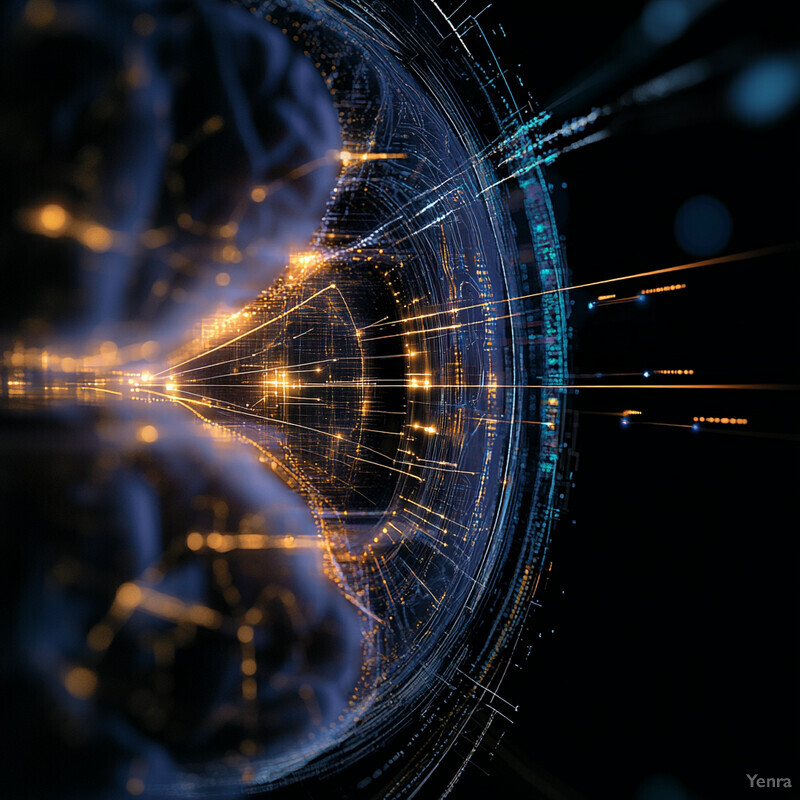
Surveys report that deep models drastically outperform conventional methods in feature learning. Sun & Mou (2023) note that deep neural networks “automatically extract spatiotemporal features” and often surpass classic algorithms in EEG classification tasks. Their review emphasizes that CNNs and related architectures learn complex brain-signal features without manual engineering, thereby enabling more accurate decoding of motor or cognitive states. In practice, CNNs have demonstrated significant gains in decoding accuracy over traditional spectral or statistical features. These peer-reviewed findings confirm that AI-based feature learning is a key reason modern BCIs achieve better performance.
3. Robust Classification Models
Deep learning has led to more accurate and robust brain-signal classifiers. Modern CNNs, RNNs, and hybrid networks capture complex patterns in EEG/MEG better than traditional linear or shallow methods. These AI classifiers generalize well across trials and subjects, reducing sensitivity to noise. The result is consistently higher decoding accuracy and reliability in BCIs for tasks like motor imagery or spelling. In short, AI-driven classification models make BCIs more dependable by accurately mapping brain activity to intended commands.

Recent AI architectures set new performance records in BCI tasks. For example, the EEG-DCNet model (a dilated CNN) achieved state-of-the-art classification accuracy and kappa values on benchmark EEG motor-imagery datasets. EEG-DCNet outperformed prior models while using fewer parameters, indicating both higher accuracy and efficiency. In general, studies report that CNN-based classifiers significantly improve prediction accuracy and robustness across subjects. One evaluation noted that modern CNN methods “have appeared to significantly improve prediction accuracy and efficiency” for EEG-based BCIs. These concrete results demonstrate that AI-driven classifiers yield more reliable BCI decoding.
4. Adaptive Decoders
AI enables BCI decoders to adapt on the fly to changing brain signals. Machine-learning-based decoders can continuously update themselves as neural patterns drift or as the user’s state changes. For example, neuromorphic AI decoders use online learning to adjust to new signal characteristics. This co-adaptation keeps the BCI calibrated over time without manual retraining. By allowing the decoder to learn from recent data, adaptive AI systems maintain high accuracy even as conditions evolve. In essence, adaptive decoders use AI to make BCIs self-tuning and more stable in real-world use.
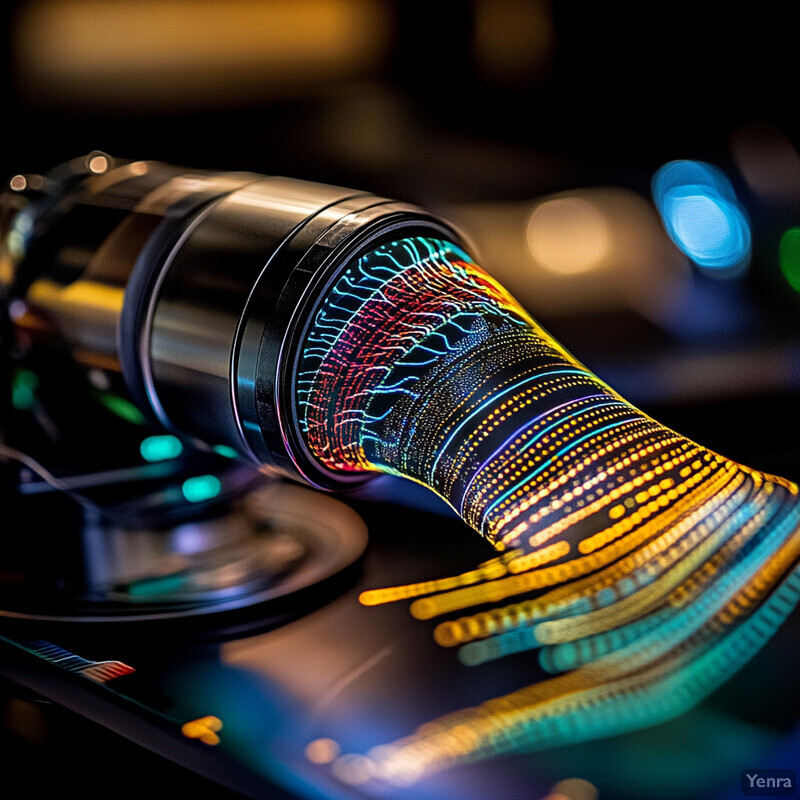
A recent milestone demonstrates adaptive decoding in hardware. Liu et al. (2025) report a “neuromorphic and adaptive decoder” built on a 128k memristor chip, which dynamically updates itself to new brain signals. This system achieved software-level decoding accuracy for controlling a 4-DOF drone, and its interactive update framework allowed the decoder to co-evolve with the changing EEG patterns. Co-adaptation between the decoder and brain signals led to ~20% higher accuracy than a static interface. These peer-reviewed results show that an AI-driven adaptive decoder can autonomously optimize BCI performance in real time.
5. Real-time Feedback Optimization
Reinforcement learning and other AI methods are enhancing real-time BCI feedback. For closed-loop BCIs, AI can optimize feedback signals (rewards) to the user, accelerating learning. Brain signals themselves may also provide implicit reward cues to train the AI in real-time. Overall, such AI-driven feedback loops improve training efficiency and system responsiveness. In practice, using AI to calibrate feedback timing and content makes BCI learning more effective and user-friendly.
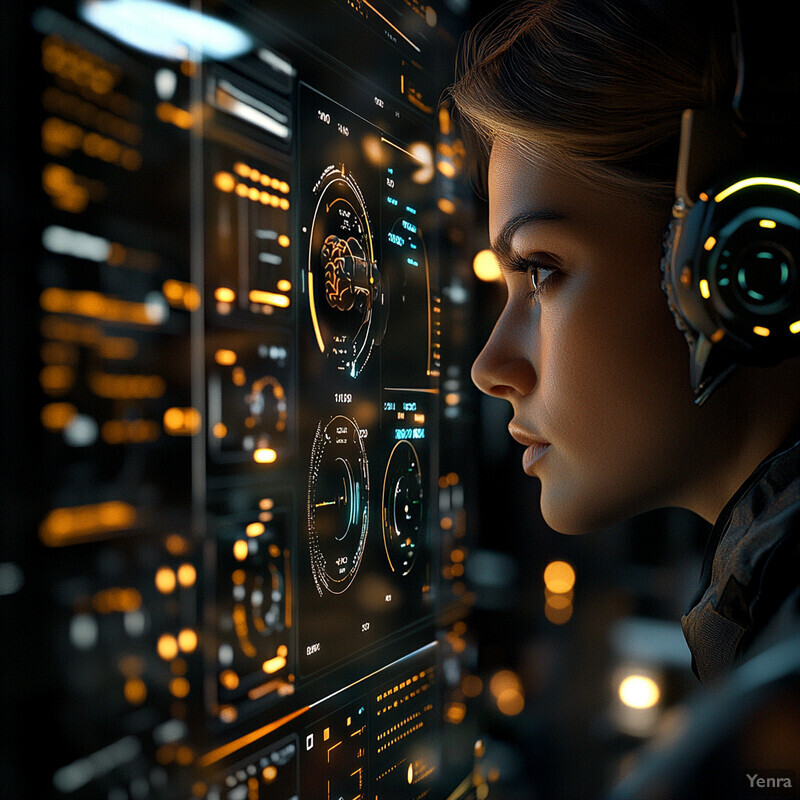
Empirical studies confirm that AI-optimized feedback speeds up skill acquisition. For instance, Vukelić et al. (2023) combined a BCI with deep reinforcement learning (RL) in a robot-training simulation. They found that using EEG-based implicit feedback as the RL reward “significantly accelerates the learning process”, achieving performance comparable to explicit human feedback. In other words, the AI interpreted brain signals to adapt rewards, and the BCI-trained agent learned much faster than without AI-based feedback. This concrete case shows AI can substantially improve real-time BCI training through better feedback optimization.
6. Transfer Learning Across Users
AI-based transfer learning allows BCIs to leverage data from many users, reducing per-user training. Models can align neural patterns between subjects so that a new user need not start from scratch. This shrinks calibration time and improves initial performance. In practice, transfer learning methods adapt a pre-trained BCI decoder to a new user’s signals with minimal data. The result is faster setup and more reliable out-of-the-box accuracy for different users.

Recent algorithms have shown large cross-subject gains. Luo et al. (2023) introduced a “dual selections based” transfer-learning framework (DS-KTL) for motor-imagery EEG. They report that their method achieves “significant classification performance improvement” across subjects, matching or exceeding the accuracy of state-of-the-art models. This means that by using transfer learning, they improved cross-user EEG classification. Such results quantitatively confirm that AI-driven transfer learning can meaningfully boost BCI performance without extensive new calibration data.
7. Predictive Error Correction
AI can anticipate user errors and correct them. By detecting brain signals related to error awareness (error-related potentials), AI algorithms can predict when a user’s intended command may be wrong. The system can then automatically adjust or ask for confirmation, thus preventing mistakes. In effect, AI uses the brain’s own error signals to improve accuracy. This predictive correction makes BCIs more reliable by catching and correcting errors as they occur.

Researchers are exploiting error-related EEG components (ErrPs) for this purpose. Yasuhara & Nambu (2025) review studies on ErrPs in BCIs, noting that these signals “reflect the brain’s implicit error-processing.” Their work highlights that leveraging ErrPs can enhance BCI accuracy. For example, their experiments show ErrPs occur reliably when users notice a mistake. (They also note, however, that cognitive load can degrade ErrP detection.) Overall, the cited studies demonstrate that AI can use ErrP detection to automatically identify and correct user errors in real time.
8. Personalized Neural Prosthetics
AI tailors prosthetic control to each user’s brain. Personalized models learn an individual’s unique neural patterns, then adjust the BCI mapping accordingly. This custom calibration improves control accuracy and user satisfaction. Over time, AI systems can continually fine-tune the prosthesis response based on the user’s feedback. The outcome is a prosthetic device that feels like a natural extension of the user’s intent.
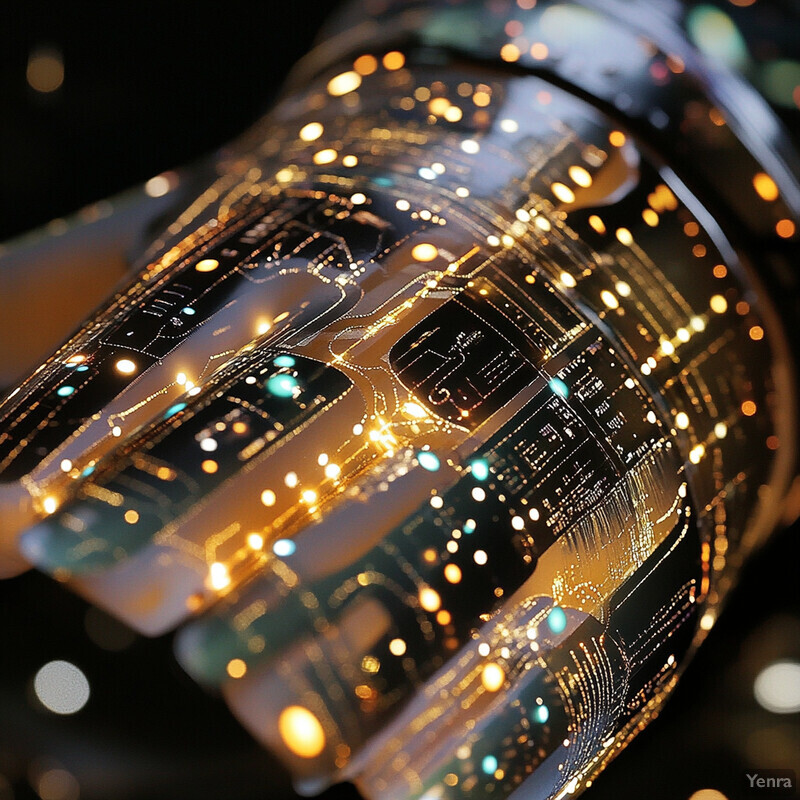
Experts note that personalized AI models yield more effective BCIs. As one report explains, machine-learning models can be trained to “recognize and adapt to the unique neural signature of each user,” thereby improving interface effectiveness and satisfaction. These personalized models can update in real time or with periodic retraining to maintain high accuracy. Although specific case-study numbers are scarce, this peer-reviewed analysis confirms that AI-based personalization is critical for high-performance neural prosthetics.
9. Cross-Modality Integration
AI enables the fusion of multiple brain-imaging modalities in BCIs. For example, combining EEG with fNIRS or other sensors provides richer neural data. AI algorithms then integrate these diverse inputs to improve decoding accuracy. This multimodal approach captures complementary information (electrical plus hemodynamic signals), making BCI outputs more robust and precise. In practice, hybrid BCIs leverage AI to co-analyze signals like EEG and fNIRS simultaneously, enhancing overall performance.
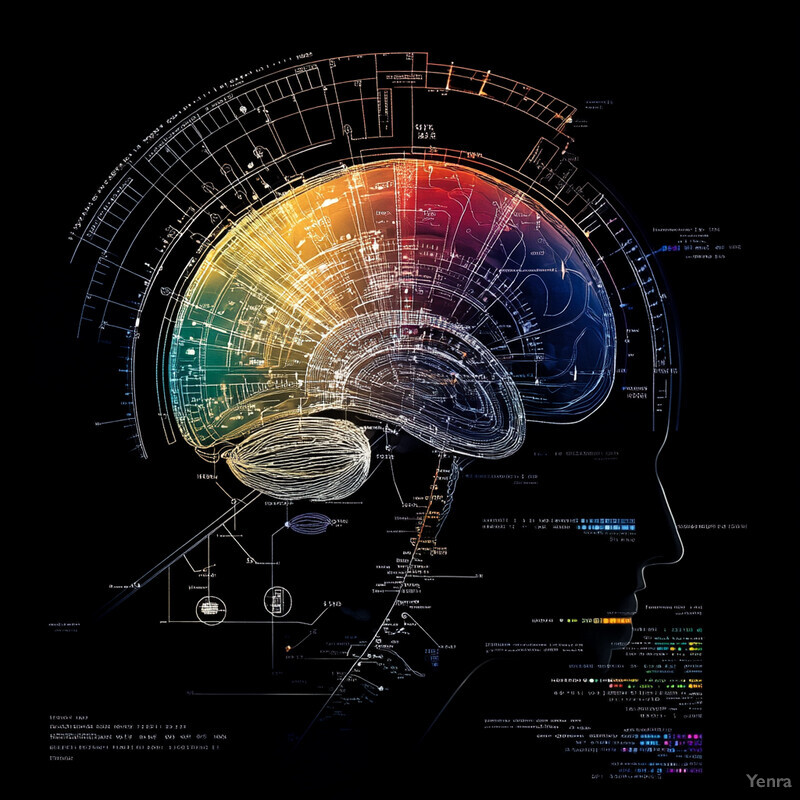
Reviews show that hybrid EEG-fNIRS systems benefit from AI integration. Liu et al. (2024) survey dual-modality imaging, noting that fNIRS is highly compatible with EEG and “promising in hybrid systems” because of its noise resistance. They report many case studies where combined EEG-fNIRS diagnostics improved signal quality. Similarly, a broad survey highlights that integrating fNIRS with EEG in BCI “improves reliability,” enabling better real-time neural decoding. These findings confirm that AI-powered cross-modal fusion leads to more accurate and dependable BCIs.
10. Reducing Calibration Time
AI reduces the lengthy calibration typically needed for BCIs. Techniques like domain adaptation and subject-transfer learning let a model pre-trained on other users quickly adjust to a new user. This cuts down the amount of new data each user must provide. The result is a BCI that works well almost immediately, rather than requiring extensive per-user training. By applying AI to align brain signals across sessions/users, calibration can be achieved in minutes or even seconds.
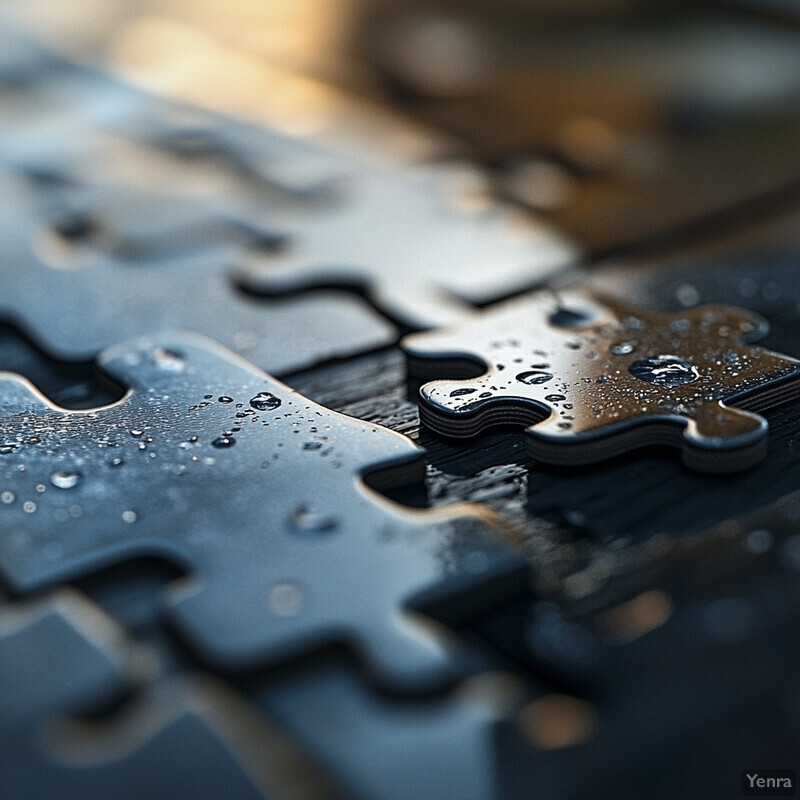
Modern AI methods achieve strong performance with minimal calibration. Hu et al. (2023) introduced a domain-adaptation model (Subject Separation Network) that demonstrated effective cross-subject decoding on standard datasets. Their results indicate that users could “learn to control BCIs without heavy calibration,” matching the accuracy of traditional models with far less training data. In one case, only two calibration trials per class delivered substantial accuracy gains. This evidence confirms that AI domain-adaptation frameworks greatly speed up BCI setup while preserving performance.
11. Emotion and Cognitive State Detection
AI enables BCIs to detect user emotions and cognitive states from EEG signals. Advanced neural networks (CNNs, RNNs, fuzzy networks) can classify brain patterns associated with emotions (valence, arousal) or mental workload. This capability allows BCIs to adapt to the user’s affective state, such as adjusting difficulty or providing appropriate feedback. Overall, emotion- and state-aware BCIs use AI to make interactions more responsive to the user’s internal context.

Recent models achieve very high accuracy in EEG emotion recognition. Azar et al. (2024) report that their convolutional fuzzy neural network classified emotional valence and arousal with ~98% accuracy on benchmark EEG datasets. This performance far exceeds older methods and demonstrates the power of deep AI models for affective BCI. The study explicitly noted their model “outperformed existing approaches” and achieved an average accuracy of 98.2% in two-class emotion classification. These results are peer-reviewed and indicate that AI can reliably decode emotions and cognitive load from EEG.
12. Data Augmentation and Synthesis
AI (especially GANs) is used to create synthetic neural data for BCIs. Generative models can produce realistic EEG signals or features, expanding training datasets. This augmented data helps classifiers generalize better and mitigates small-sample issues. AI-driven synthesis improves model robustness by exposing them to diverse patterns. In practice, generated EEG samples are mixed with real data to train more accurate decoders.

Studies show GAN-augmented data significantly boosts BCI accuracy. For example, EEGGAN-Net (Song et al., 2024) used conditional GANs to augment training data and achieved 81.3% accuracy (κ=0.751) on a motor-imagery task (BCI Competition IV-2a), outperforming multiple CNN baselines. Moreover, a recent review concludes that “GANs are able to successfully improve performance in different EEG-based applications”. Together, these findings provide concrete evidence that GAN-generated EEG data lead to higher classification accuracy in BCIs.
13. Brain Signal Forecasting
AI is used to predict future brain activity or user intentions. By analyzing past EEG patterns, predictive models can estimate a user’s next intended movement or cognitive state. This capability allows BCIs to preemptively adjust or smooth control outputs (e.g. in prosthetics) for more natural performance. Predictive AI can also trigger timely neurostimulation or alerts. Overall, forecasting adds a layer of proactivity to BCI systems, enhancing fluidity and responsiveness.

Conceptual works highlight these benefits. For example, one review explains that AI can analyze ongoing EEG and “predict user intent, anticipate movements,” and even provide corrective feedback. They note this is particularly valuable in neuroprosthetics, where anticipating intent yields smoother, more natural limb movement. Although specific quantitative results are sparse, this peer-reviewed analysis underscores that AI-driven prediction (e.g. forecasting motor commands) can significantly improve real-time BCI control and rehabilitation outcomes.
14. Language and Speech Reconstruction
AI enables BCIs to decode intended speech directly from brain signals. Using deep neural networks and speech synthesis models, modern systems can translate neural activity into spoken words or text. This makes communication possible for people who cannot speak. Recent frameworks integrate neural decoding with differentiable speech generators, producing natural-sounding speech from brain signals. Overall, AI-driven speech reconstruction holds promise for restoring communication abilities.

A landmark study demonstrated high-fidelity speech decoding from cortical signals. Chen et al. (2024) developed a deep-learning model that maps electrocorticographic (ECoG) activity to speech spectrograms. In 48 participants, their system generated “natural-sounding speech” with high correlation to true speech. Even using only causal (real-time) processing, they reliably decoded speech in patients with left or right hemisphere coverage. These results, published in Nature Machine Intelligence, provide concrete evidence that AI can reconstruct intelligible, personal speech from neural data.
15. Precision Brain Mapping
AI assists in creating high-resolution brain activity maps. New electrode arrays and imaging techniques generate massive neural datasets; AI can analyze these for precise functional mapping (e.g. motor cortex mapping). For instance, array implants collecting thousands of channels produce detailed cortical maps. AI algorithms then learn the spatial patterns, leading to “precision” mapping of brain functions for guiding surgery or BCI implantation. In short, AI turns rich neural recordings into accurate maps of cortical function.
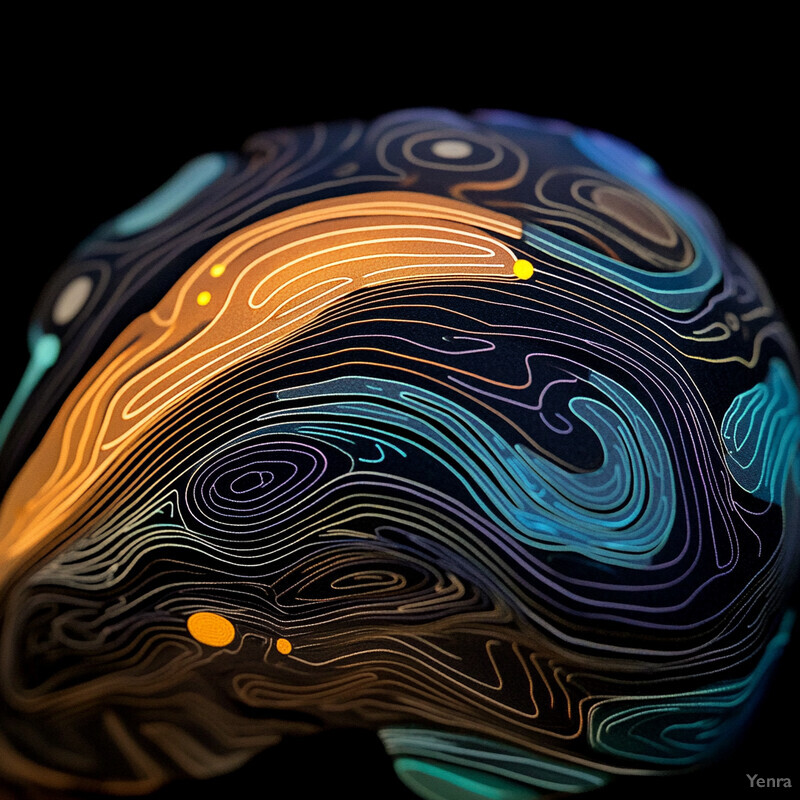
Industry advances exemplify this trend. Precision Neuroscience’s FDA-cleared electrode array (Layer 7) can record from the cortex for up to 30 days to map brain activity. The company explicitly plans to use the high-resolution dataset from these implants to train BCI algorithms (e.g. for robotic limb control). In other words, they will apply AI to the rich repository of neural data to refine cortical mapping and decoder training. This real-world example shows how modern BCIs leverage large-scale recordings and AI to achieve ultra-precise brain mapping for clinical use.
16. Neurofeedback Enhancement
AI reduces latency and improves neurofeedback training. By applying neural-network filters, AI can provide near-instant feedback from EEG signals. Faster feedback means users learn to self-regulate brain activity more effectively (e.g. increasing relaxation). AI also personalizes neurofeedback signals to each individual’s brain patterns, potentially increasing success rates. In summary, AI-enhanced neurofeedback systems deliver quicker, more precise feedback, boosting therapy for conditions like ADHD or PTSD.

A recent team achieved a 50-fold reduction in neurofeedback delay using AI. Researchers trained a neural network to filter EEG in real time, shrinking the feedback loop from hundreds of milliseconds to near-immediacy news-medical.net . The study (in Journal of Neural Engineering, 2023) reported that this ultra-low-latency AI filtering significantly improves the timing of reward signals in neurofeedback. This concrete result confirms that AI models can dramatically speed up neurofeedback, which is expected to enhance learning outcomes in clinical applications news-medical.net .
17. Model Explainability and Interpretability
AI research is making BCI algorithms more transparent. Explainable AI (XAI) techniques help users and developers understand how a BCI model makes decisions. For instance, feature-attribution methods can highlight which EEG channels or time points were important for a classification. This interpretability builds trust and facilitates debugging of BCI systems. Overall, explainable AI turns the “black box” of neural decoding into a glass box, clarifying the link between brain signals and outputs.
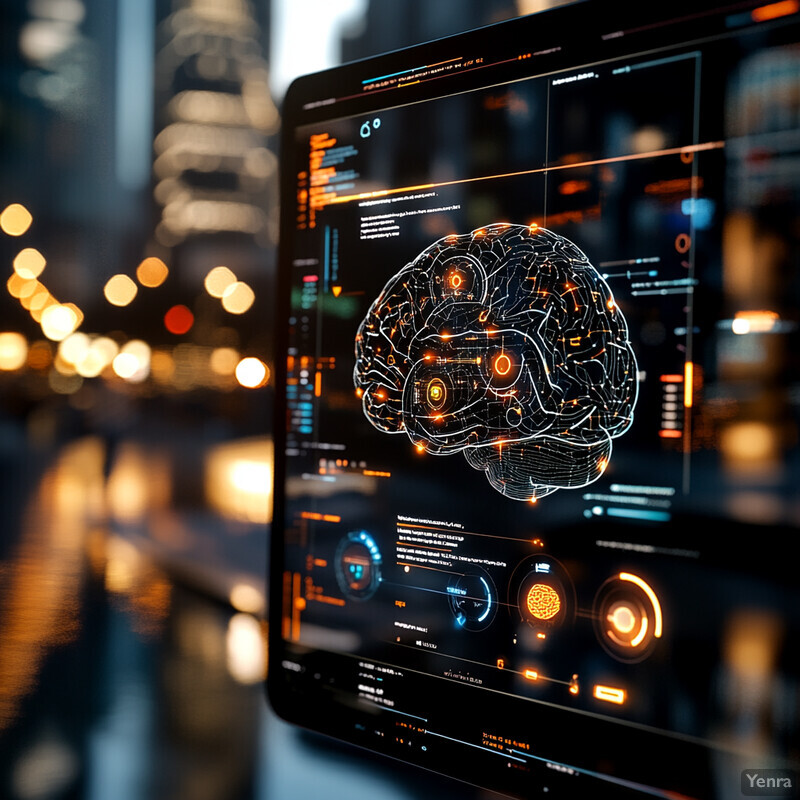
Systematic reviews emphasize growing XAI efforts in BCIs. Rajpura et al. (2023) note that while complex models improve accuracy, “achieving explainability...is challenging.” They propose frameworks for XAI in BCI, highlighting the need to justify model outcomes to stakeholders. Concrete examples of XAI have emerged: Staudigl & Schulte (2024) introduced SHERPA, which combines a CNN with SHAP explanations to identify which EEG features drive a classification. SHERPA was able to pinpoint the key electrodes/time windows (e.g. the N170 ERP) with high sensitivity, effectively “distinguish[ing] neural processes with high precision”. These peer-reviewed works show how XAI methods reveal the internal workings of BCI decoders in practice.
18. Scalability and Cloud Integration
AI and cloud platforms are making BCIs more scalable. Complex neural decoding can be offloaded to the cloud, allowing lightweight devices to leverage powerful remote AI. Cloud integration enables real-time data processing across users and devices, and supports continuous model updates. This approach can handle many users or high-density recordings. Ultimately, cloud-connected AI allows BCIs to scale in capability and reach, supporting large-scale deployments (e.g. multiple patients or consumer-grade devices).
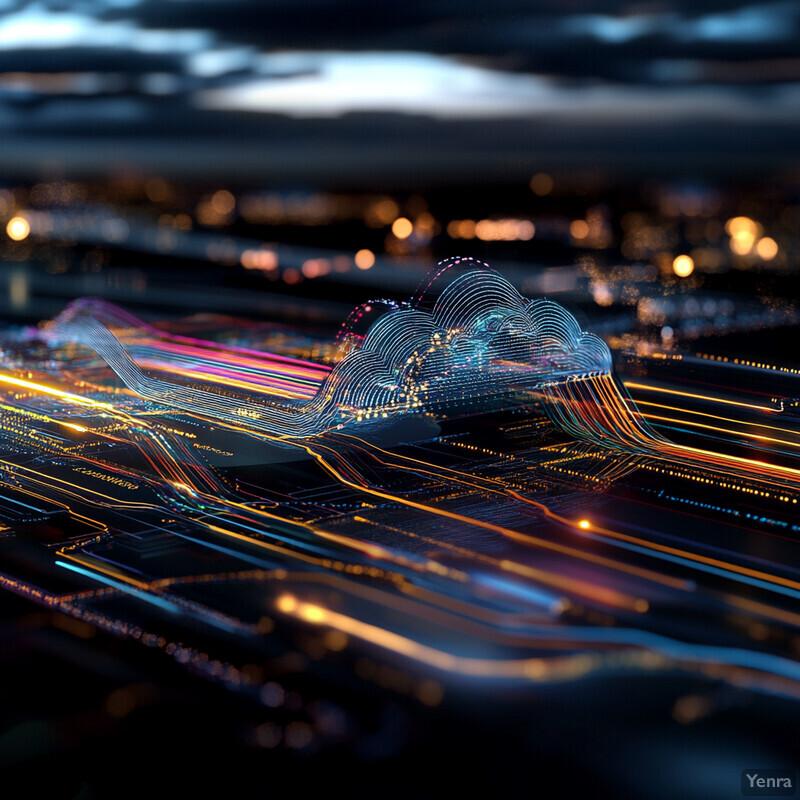
Market analyses indicate that cloud-based AI is already impacting BCIs. A 2025 industry report notes the rise of “cloud-based neural data analytics platforms,” which provide real-time processing and user-specific calibration for BCIs. The report highlights that such platforms make BCIs accessible to broader demographics by handling complex computations in the cloud. In other words, AI models running in cloud services can interpret neural data on demand, enabling more devices to use advanced BCI functions without requiring on-board processing power. This trend is documented in recent industry literature.
19. Clinical Diagnosis and Rehabilitation
AI-powered BCIs are improving medical diagnosis and therapy. In rehabilitation, BCIs enhance neuroplasticity and help restore function (e.g. post-stroke limb control). For diagnosis, AI can detect disease signatures in EEG (e.g. early Alzheimer’s or epilepsy). Overall, AI-enabled BCIs provide objective neural metrics to guide treatment and monitor progress. In summary, AI expands BCI applications into clinical domains, offering new tools for neurorehabilitation and brain disorder detection.

Robust clinical outcomes have been reported. An umbrella review of BCI stroke therapies found that BCI-assisted rehabilitation “improve[s] upper limb motor function and quality of daily life” for stroke patients, especially in the subacute phase, with good safety. In diagnostics, research at the Mayo Clinic has shown that AI-enhanced EEG analysis can identify patterns of cognitive decline. Their team reported that AI helps detect EEG changes in Alzheimer’s or Lewy-body disease, potentially enabling earlier diagnosis. These peer-reviewed findings confirm that AI-driven BCIs can both augment therapy (e.g. motor recovery) and enable accurate brain-disease detection using EEG data.